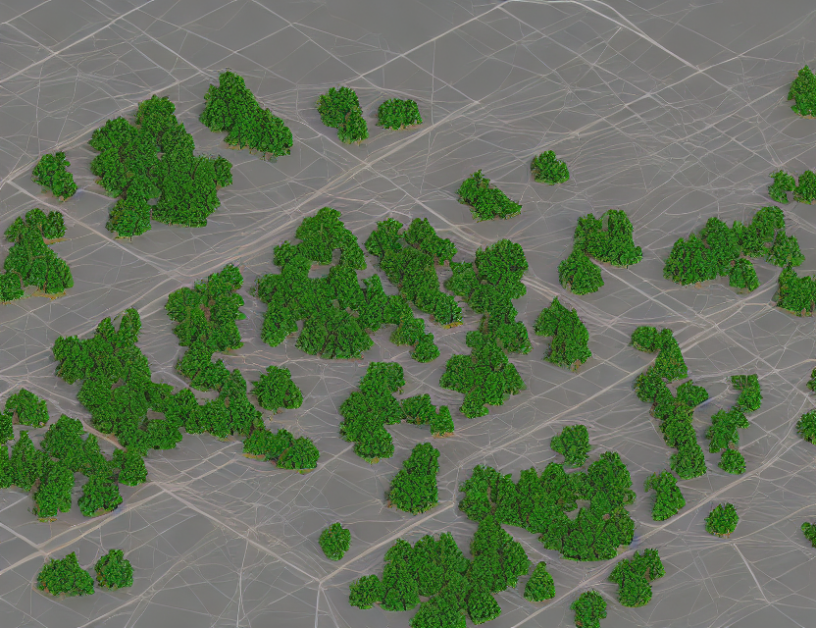In this paper, the authors propose a novel attention-based stereo matching network called GOAT (Global Attention Module) to improve the accuracy of stereo matching. The network uses a combination of local and global attention mechanisms to focus on the most relevant areas of the image and optimize the disparity map.
The Local Attention Module
Imagine you’re trying to find your way through a dense forest without any GPS. You need to keep track of your location and find the best path to reach your destination. In stereo matching, the network needs to do something similar – it must keep track of the left and right images and find the best correspondence between them. The local attention module helps the network focus on the most important areas by constructing a cross-attention matrix that measures the similarity between the left and right features.
The Global Attention Module
Now imagine you’re in the same forest, but this time you have a GPS to guide you. The global attention module acts like your trusty GPS, providing a broader perspective on the scene. It calculates the global spatial correlation between the left and right images and obtains a self-attention matrix that shows how each point in the image correlates with the others. This helps the network understand the relationships between different parts of the image and optimize the disparity map more accurately.
Conclusion
In summary, the GOAT network uses a combination of local and global attention mechanisms to improve the accuracy of stereo matching. By focusing on the most relevant areas and taking into account the broader context of the scene, the network is able to produce more accurate disparity maps and better handle occlusions. The authors demonstrate the effectiveness of their approach on several benchmark datasets and show that GOAT outperforms other state-of-the-art methods in terms of accuracy and computational efficiency.



